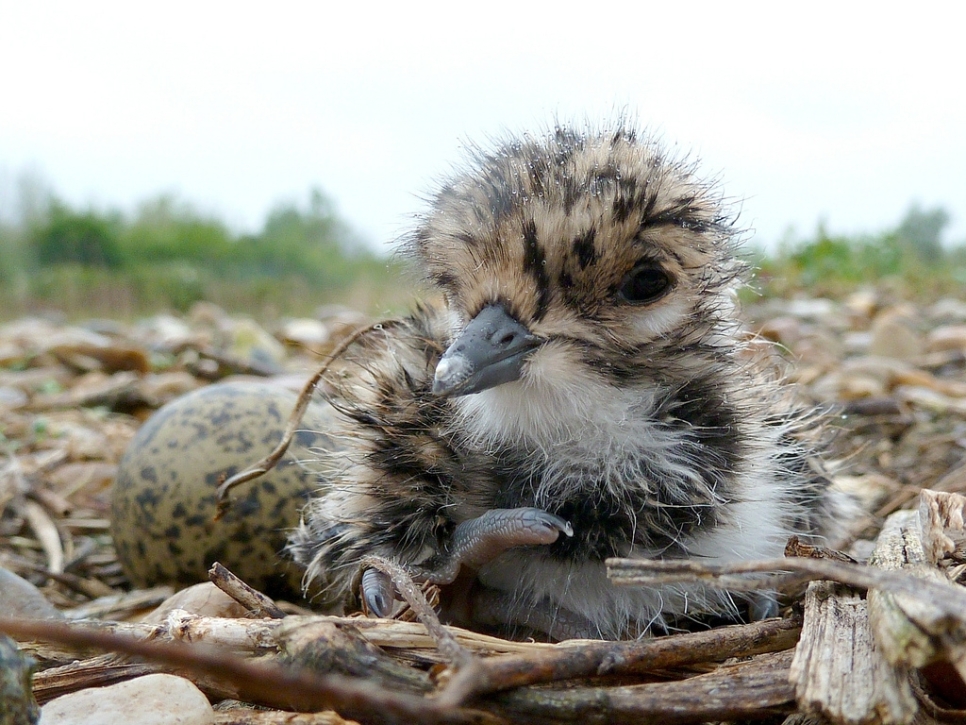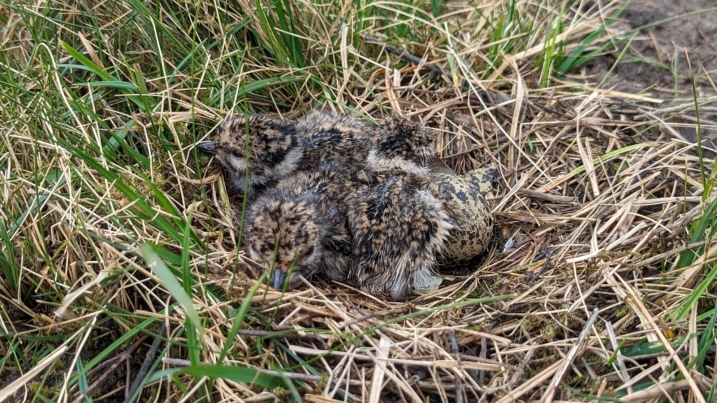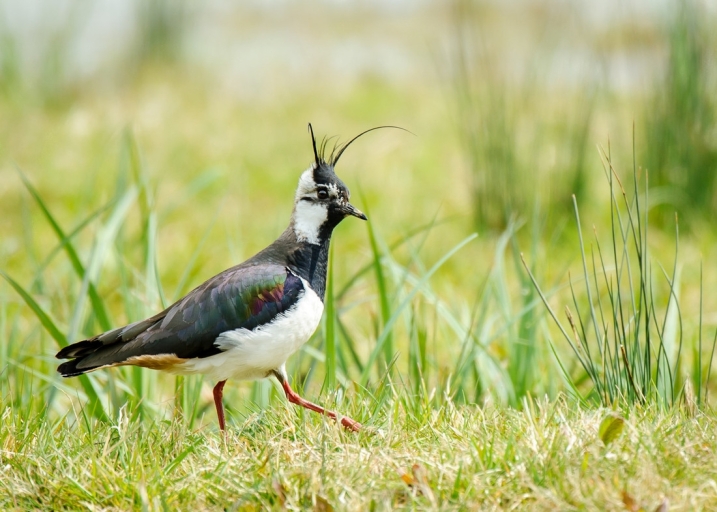WWT Martin Mere sees amazing productivity of lapwings

27 pairs and 47 chicks fledged, - the reserve at WWT Martin Mere has seen the best productivity of lapwings in the reserve history.
The reserve is the perfect breeding ground for lapwings due to the amazing wetland habitat. The species prefer short grass to build their nests so that they can see any predators approaching. Lapwings will usually lay around four eggs in the shallow depression of the grass. Then, it takes around 26 days for the eggs to hatch.

When hatched, the chicks have fluffy down which is speckled brown and cream in colour. This helps them to better camouflage against potential predators. They are quite self-reliant even during their first days, and can be seen running around the grass and mud on the hunt for insects to feed themselves.
The adults are often seen keeping them warm or chasing away any potential risks.

Creating the perfect habitat
To make the perfect habitat for breeding lapwing we need to get short wet grassland for when the adults are setting up their territories in February/March. We use our herd of English Longhorn Cattle to graze the fields to around 10-15cm tall leaving 10% tussocks for breeding Shoveler, Gadwall, Snipe and Redshank.
Once the Lapwing arrive we move the cattle to a different field so no nests get accidentally stood on by a heavy cow.
We keep the in field ditches and scrapes wet in early spring and then draw down the water levels so there is mud exposed for the chicks to feed when they hatch.
We remove any posts or small bushes near the lapwing breeding fields to stop crows from perching. We have a team of volunteers that go out and monitor the breeding lapwings, counting the chicks and watching their behaviours to see which areas are preferred by the species.



